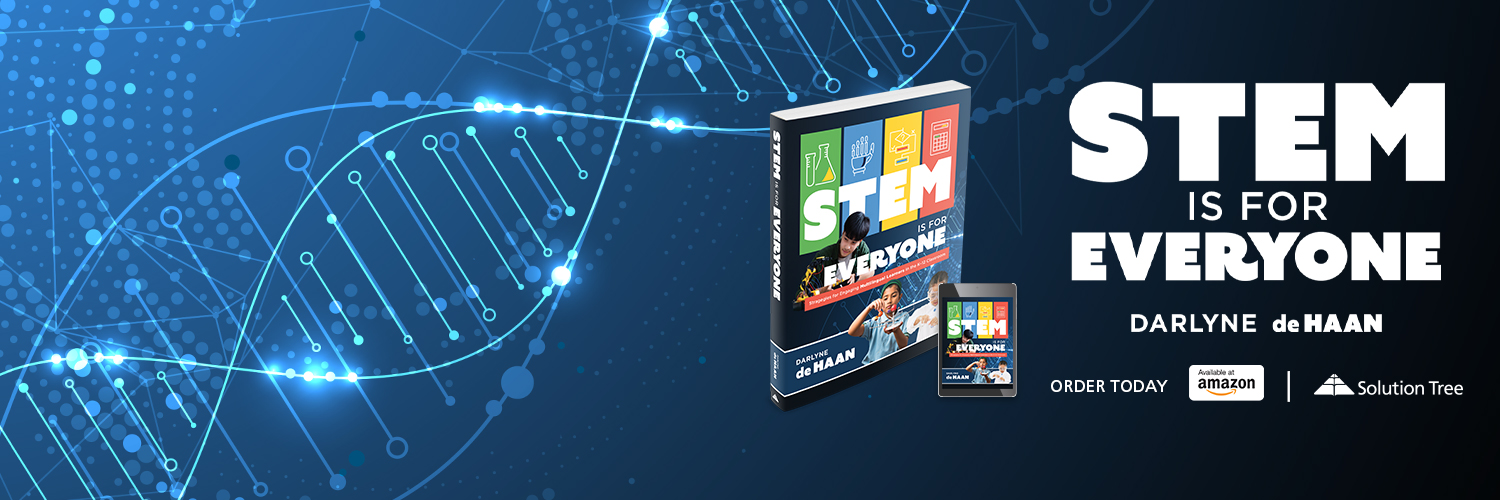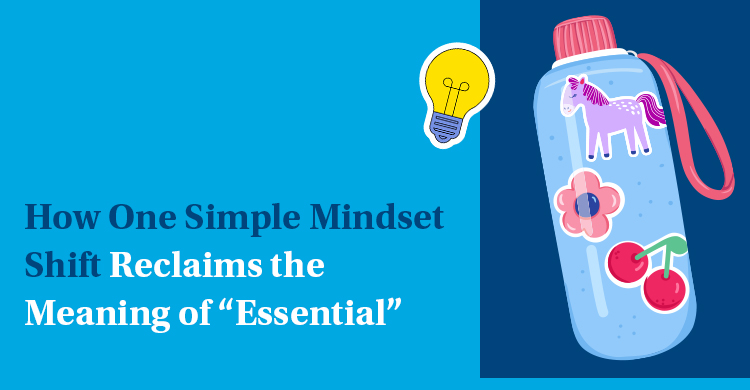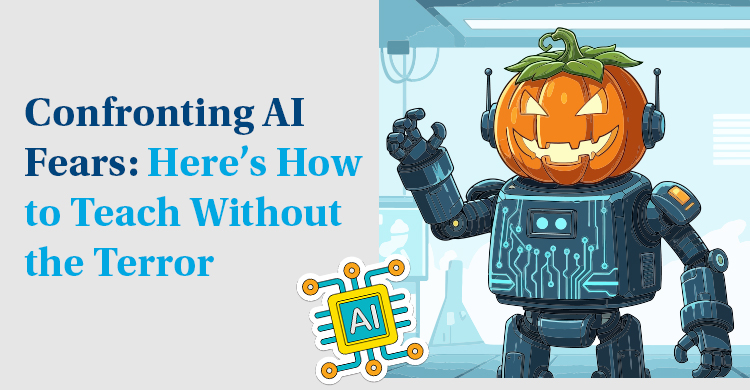As we celebrate National STEM Day on November 8, 2025, I can’t help but reflect on what STEM has meant in my own life and what it can mean for our students—especially those who are too often overlooked and underrepresented. Science, technology, engineering, and mathematics (STEM) are more than just academic subjects—they are the building blocks of innovation, discovery, and opportunity!

Make STEM a pathway for all
But here’s the unfortunate truth: Not every child gets equal access to these opportunities, especially students from disadvantaged communities and English learners/multilingual learners. For these students, who make up a growing population in schools across the country (one in four students in K–12 are multilingual learners), STEM can feel like a closed door. Language barriers, cultural differences, and socioeconomic barriers too often stand in the way of their participation in STEM courses and programs. And yet, these are the very students who have the most to gain from STEM exposure.
These are some of the reasons why I wrote my book, STEM is for Everyone: Strategies for Engaging Multilingual Learners in the K–12 Classroom. Because if we want to build a more equitable future, we need to start with our classrooms today.
STEM has a powerful impact on language development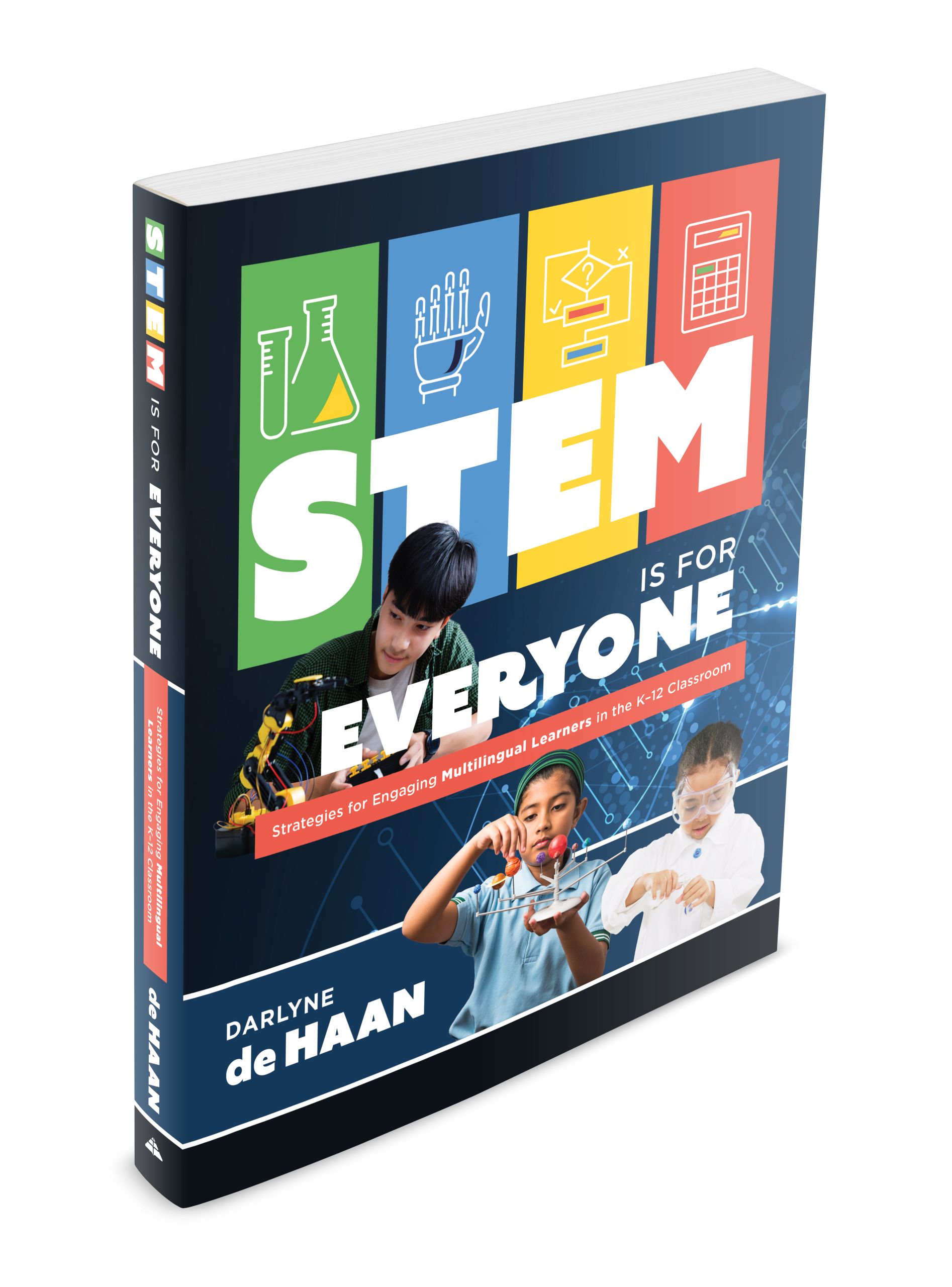
One of the most exciting things about STEM is how it naturally supports language development for multilingual learners. STEM is rooted in inquiry and hands-on exploration, and it invites students to use language—not just memorize it. When learners are building, experimenting, or solving problems, they are also talking, listening, and sharing ideas.
In collaborative group work, multilingual learners get the chance to practice communication in real, purposeful ways. They aren’t just repeating vocabulary—they’re asking questions, debating solutions, and explaining their thinking. This active engagement is exactly what language development requires.
What makes STEM so powerful is that students are learning content and language simultaneously. As they explore a science concept or work through a challenge, they’re also expanding their vocabulary, strengthening their ability to explain complex ideas, and building confidence in academic English.
For multilingual learners, STEM is more than just a gateway to science and technology. It’s also a gateway to language fluency, self-expression, and success across every subject. And for teachers, it’s a reminder that every STEM activity is not only preparing students for the future of work—it is also a powerful tool for accelerating language growth.
STEM thrives when everyone’s involved—here’s why!
Multilingual learners are not lacking in ability or potential. In fact, their lived experiences—navigating multiple languages, cultures, and systems—demonstrate resilience, creativity, and problem-solving skills. These are precisely the qualities that STEM fields value most.
What they need from us, as educators, is intentional support. Too often, classrooms are designed with a “one-size-fits-all” approach that unintentionally excludes multilingual learners. If we truly believe in the power of STEM, we must also believe that it should be accessible to every student.
When we make STEM accessible to multilingual learners, we strengthen the entire classroom. Lessons become more engaging, students collaborate more effectively, and teachers see deeper levels of curiosity and problem solving.
This ripple effect continues beyond the classroom. Students who feel empowered to pursue STEM open doors not only for themselves but also for their families and future generations. This is how cycles of poverty are broken. This is how communities are uplifted.

Practical ways teachers can open STEM doors for every student
In STEM is for Everyone, I outline strategies to make this vision a reality. These include:
- Leaning on visuals, models, and hands-on learning to break through language barriers
- Viewing students’ cultural and linguistic backgrounds as assets, not obstacles
- Creating collaborative learning opportunities so multilingual learners can build confidence while engaging with peers
- Scaffolding academic language so students can master scientific vocabulary without losing sight of the core concepts
These are not complicated strategies. They are strategies that make classrooms more inclusive—and not just for multilingual learners. When teachers adopt these approaches, every student benefits.
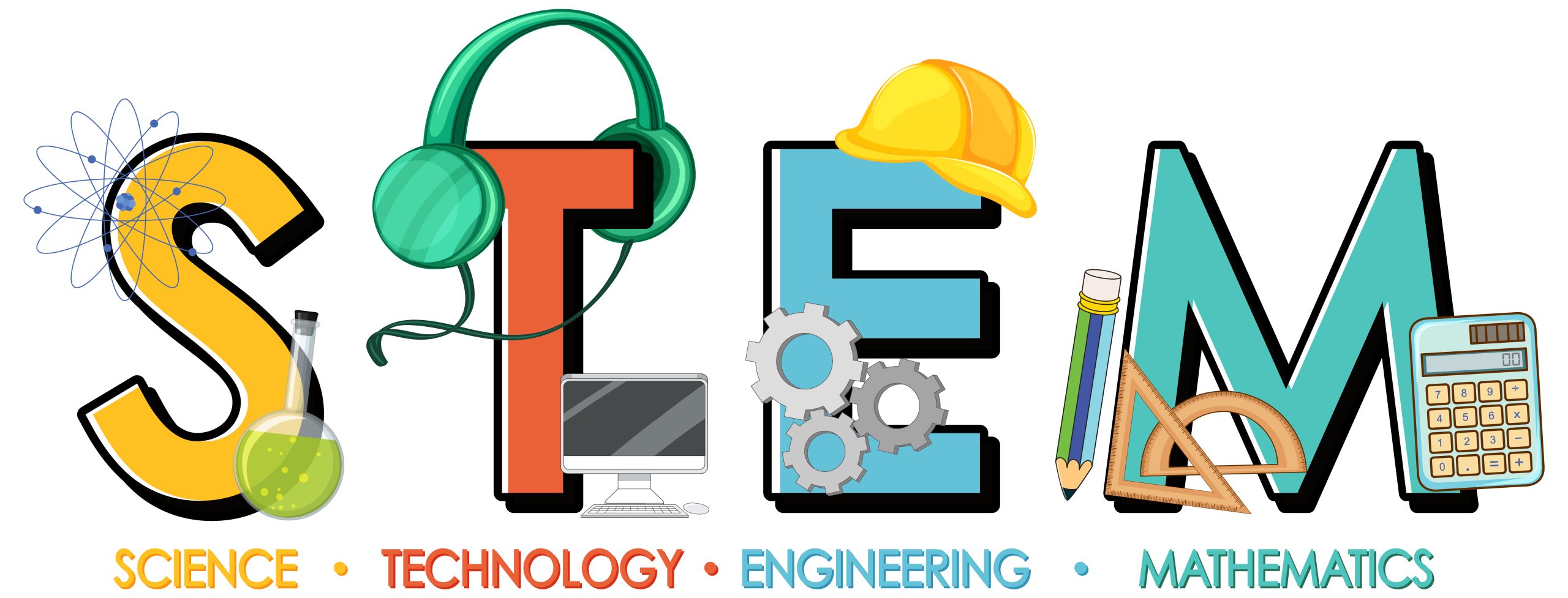
Here’s a fun challenge for National STEM Day
This National STEM Day, I challenge all of us to do more than celebrate. Let’s take action:
- Reflect: Ask yourselves, are your classrooms accessible to every learner, including multilingual learners?
- Act: Schools need to invest in professional development and book studies using books like STEM is for Everyone, which help teachers feel prepared to support all students in STEM by providing strategies that teachers can implement in their very own classroom.
- Inspire: Share the success stories of multilingual learners who are thriving in STEM—because representation fuels aspiration.
STEM has the power to change lives. I know this because it changed mine. And I know it can do the same for the students sitting in classrooms right now—especially those navigating the additional challenges of poverty and language barriers.
If we equip teachers with the right tools, if we believe in the brilliance of multilingual learners, and if we open the door wide enough, then STEM truly can be for everyone.
This National STEM Day, let’s not just say the words. Let’s do the work to make STEM a reality for all!
Discover expert blogs and recordings that bring STEM learning to life. Find practical ideas you can use in your classroom today.
About the Author
Darlyne de Haan, EdD, is the director of curriculum, instruction, innovation, and STEAM for a school district in southern New Jersey. She is a former forensic scientist for the state of New Jersey, a former environmental chemist, and an instructional specialist for the New Jersey Department of Education.



